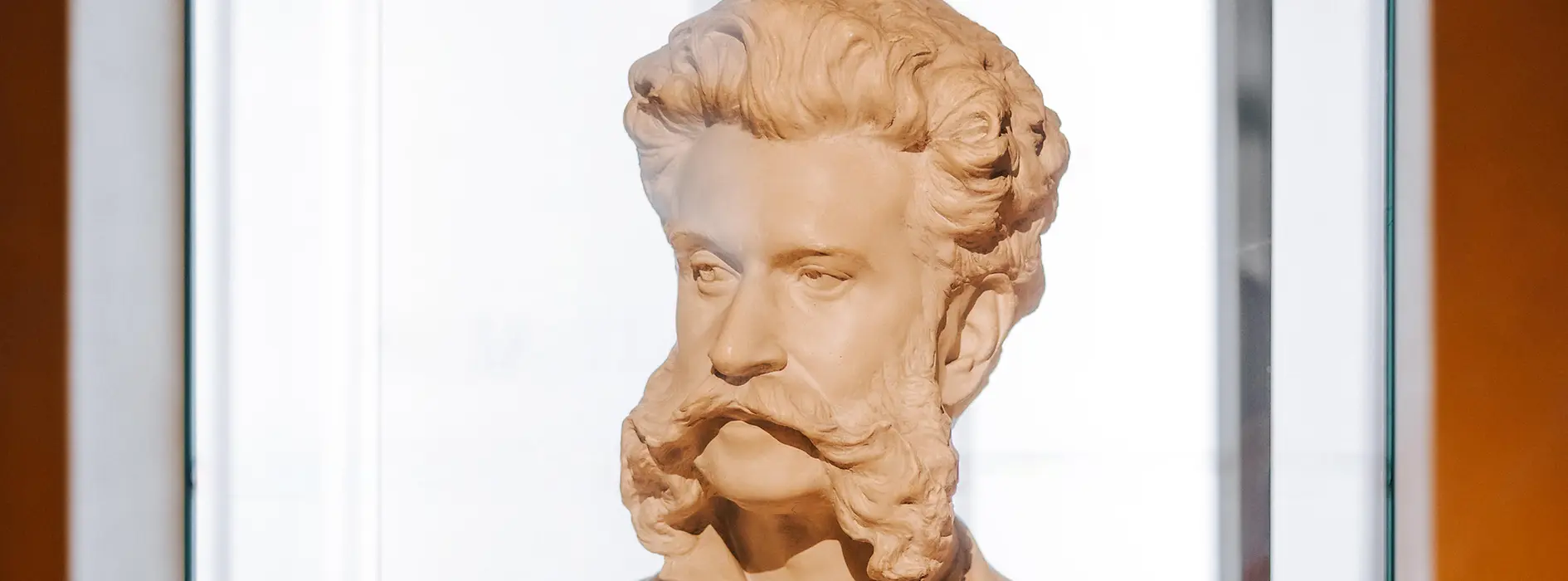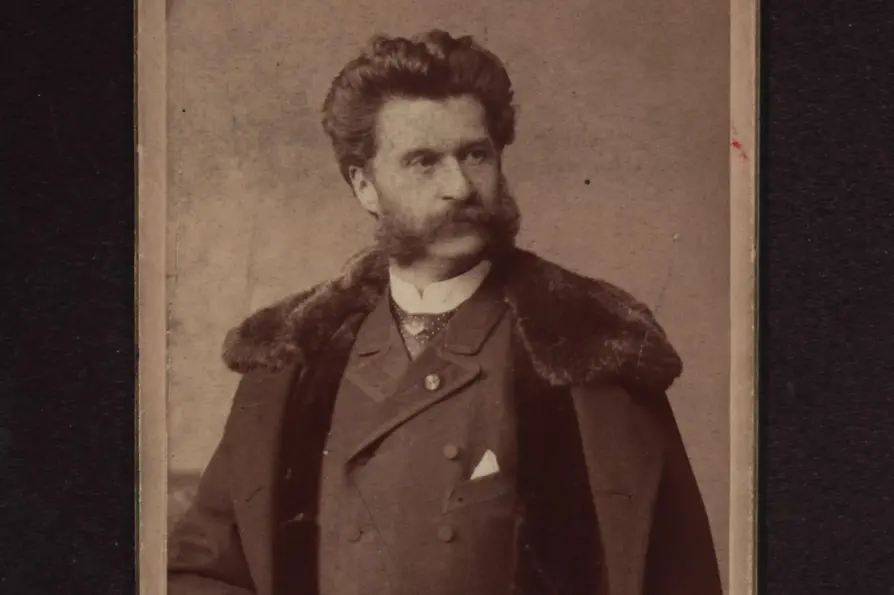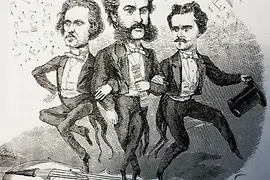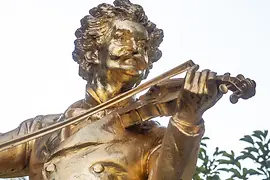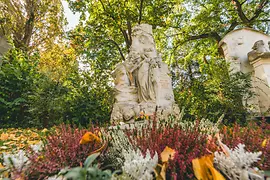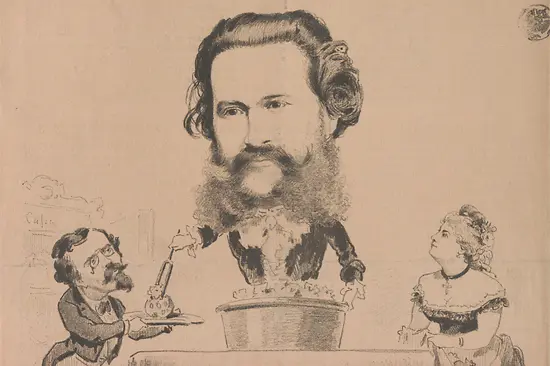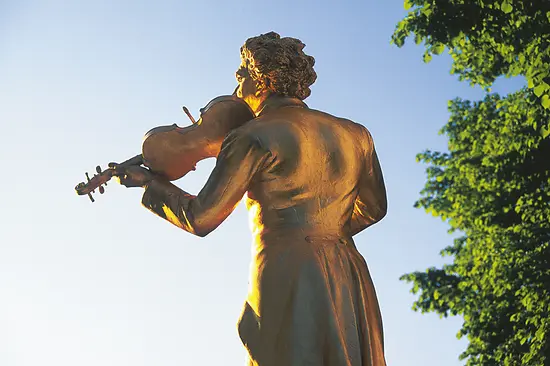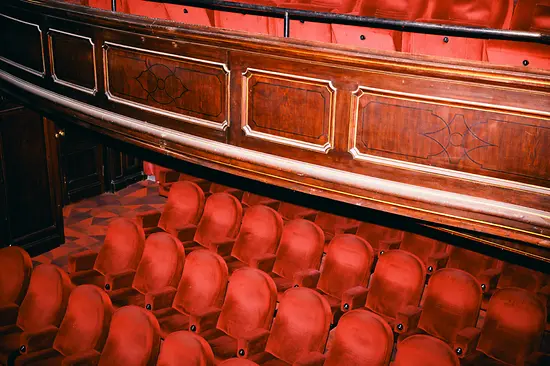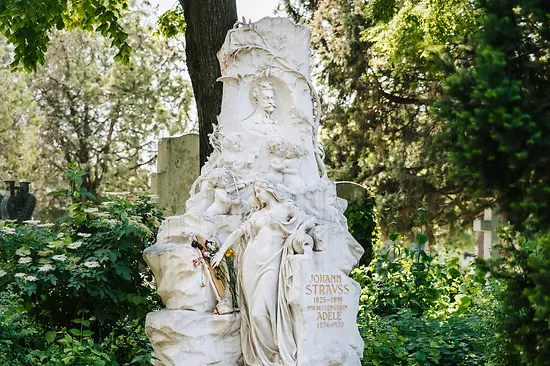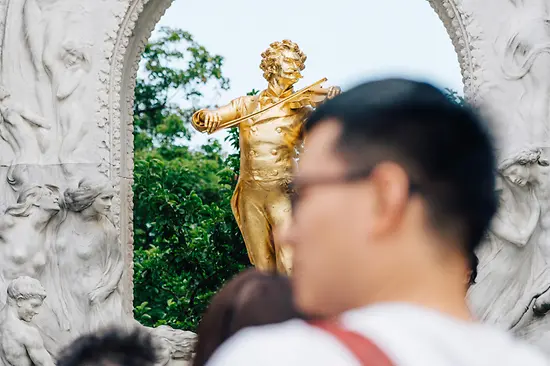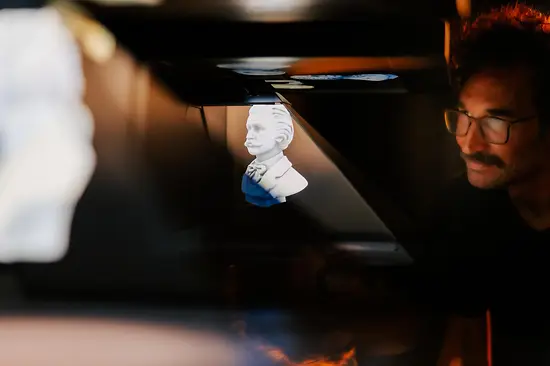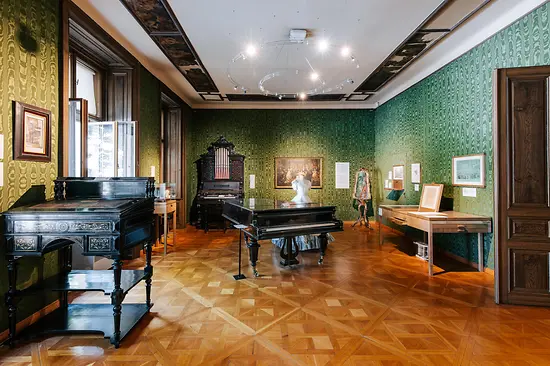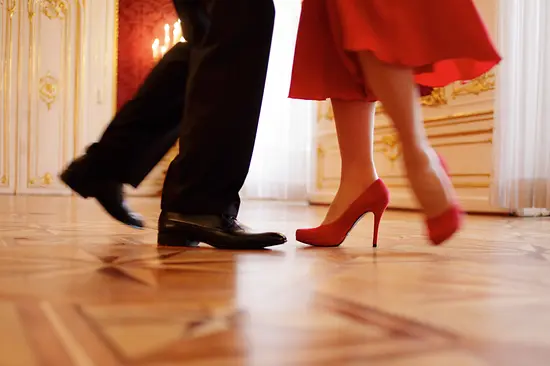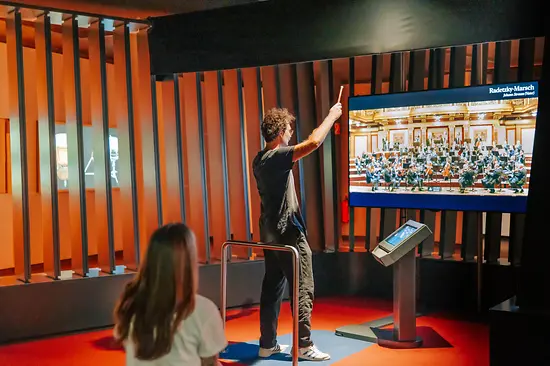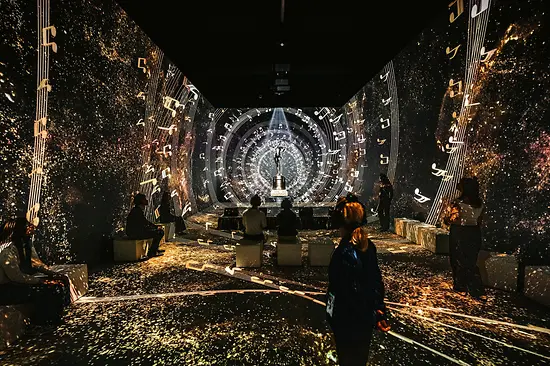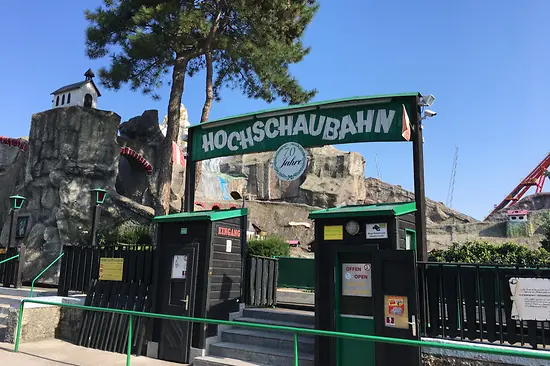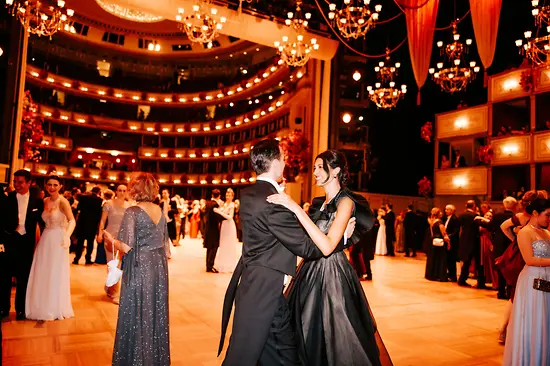Johann Strauss international
It all started with his father: Johann Strauss I (1804-1849) was the first well-known traveling musician. Inspired by famous itinerant virtuosos like Franz Liszt and Niccolo Paganini, Strauss senior took his orchestra on the road. It was hard work, but it brought with it money, contacts, press and prestige..
Marketing professional
Johann Strauss II grew up with and perfected the management and marketing acumen he learned from his father. Everyone, including his mother, his wife, and his brothers Josef and Eduard (who originally had different career aspirations), played a role in the family business.
Nobody came close to the superstar Strauss in terms of popularity. The most influential music critic of the time, Eduard Hanslick, commented on Johann Strauss’ 40th birthday:
“His popularity is almost immeasurable: Strauss’ melodies can be heard in every part of the world and in our part of the world in almost every home.”
From Vienna out into the world
After a successful debut in 1844, he found himself competing with his father in Vienna and decided to venture abroad. His concerts in Graz in 1845 and then in Pest (Budapest) and Ofen in 1846 were triumphant. The press declared that the son was following in his father's footsteps and that his compositions were as fresh, melodious, and challenging as the "better creations" of his father, and that he was soon to "achieve even greater
excellence".
The tour continued to the Balkans with stops in Bratislava, Neusatz, Belgrade and Bucharest. After the death of Strauss's father in 1849, Johann united the two orchestras and was able to begin touring. His first stop was in Warsaw, where Tsar Nicholas I of Russia and Emperor Franz Joseph were to meet. Strauss played for them and
established royal contacts.
Eleven summers in St. Petersburg
In 1856, Johann Strauss completed his first five-month summer engagement at the “Vauxhall” in Pavlovsk near St. Petersburg. He was such a sensation that he completed a further ten residencies between then and 1886. His repertoire included not only his own works, but also pieces from Russian modernist composers such as Tchaikovsky. Strauss of course also continued to compose his own music in Pavlovsk (he was extremely industrious throughout his life), for example he and his younger brother Josef composed the Pizzicato Polka.
Johann is rumored to have said of Joseph: “He is the more talented, I am the more popular.”
Germany: the “Katzenmusik” scandal
In October 1852, a tour of Germany took him to Dresden, Leipzig, Berlin and Hamburg. In 1876 he embarked on a concert tour to Berlin and Leipzig.
At the Berlin premiere of Strauss’ operetta Eine Nacht in Venedig in 1883, there was a scandal: At the lyrics “Nachts sind die Katzen ja grau, nachts tönt es zärtlich miau”, the audience began to meow, Strauss had to stop the performance, and when he had the song sung again, the commotion started all over again. At the Viennese premiere six days later at the Theater an der Wien, they changed to a new, “meow-free” text: “Ach wie herrlich zu schau’n sind all die herrlichen Frau’n.”
Berlin again: Strauss conducted the premiere of the Kaiser Waltz in 1889. It was originally given the title Hand in Hand, alluding to the friendship between the ruling houses of Prussia and Austria.
Display alternative text
The Wiener Johann Strauss Orchester (Vienna Johann Strauss Orchestra) plays the Emperor Waltz by Johann Strauss Sohn in the Golden Hall of the Musikverein.
Triumphs in France and England
Johann Strauss traveled to Paris for the first time in 1867. He gave concerts at the Paris Exposition, where the Prince of Wales, who later became King Edward VII, is said to have watched him perform. The Prince also gave Strauss his patronage: in 1867, Johann Strauss was appointed to conduct dance music at 63 Promenade Concerts in London’s Covent Garden Theatre. Strauss drew on popular English songs in his works Erinnerung an Covent-Garden op. 329 and Festival-Quadrille op. 341, which he composed while working in England. The waltz An der schönen blauen Donau was also performed in London with English lyrics by 100 choristers.
Strauss then returned to Paris in 1875, where his first operetta La Reine Indigo ran successfully for three years. During the 1877 Carnival, Strauss conducted masked balls at the Paris Opera. On March 28, 1877, Strauss was made a Knight of the French Order of the Legion of Honor. In 1877 he conducted La Tzigane, a reworking of Die Fledermaus, and in 1879 he conducted an opera ball in Paris.
50,000 fans at a concert in America
Johann Strauss achieved global fame with his concerts in Boston and New York in 1872. He took part in 16 of a total of 23 concerts over the course of three weeks at the World Peace Festival in Boston. Everything there was on a huge scale: Strauss – supported by sub-conductors – conducted a 1,000-strong orchestra in the “Colosseum”, which was built especially for the music festival. It is estimated that there were around 50,000 visitors. The pop stars of today operate on a similar scale.
He then went on to perform three concerts in New York. Strauss contributed the Manhattan Waltzes to his farewell concert at the New York Academy of Music.
Bella Italia
In 1874, Johann Strauss embarked on a concert tour of Italy with the Vienna World’s Fair Orchestra. He premiered his waltz Wo die Citronen blühn op. 364 under the title Bella Italia at a concert in the Teatro Regio in Turin – a piece that is now also in the repertoire of the Vienna Boys’ Choir:
Display alternative text
Wiener Sängerknaben: Wo die Zitronen blühen (Johann Strauss)
